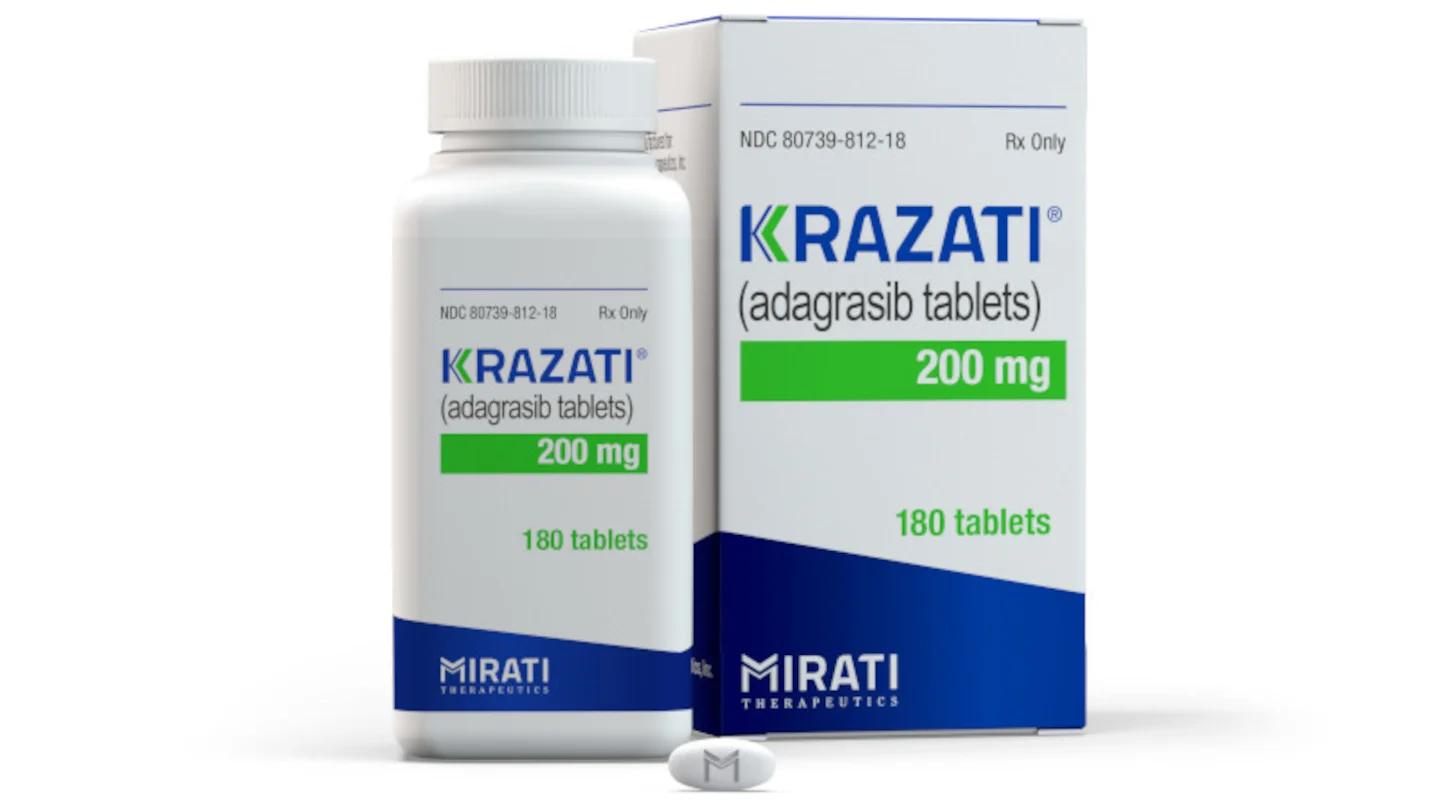Video
Utilization Management Strategies in Women’s Health
Key opinion leaders share their perspectives on utilization management strategies in treatment of women’s health.
Neil Minkoff, MD: We talked a little about managing oral contraceptives. Maria, you brought up the ACA [Affordable Care Act] and the fact that there’s no copay or cost-share associated with those anymore. We even touched on IUDs [intrauterine devices]. But as we get into things like leuprolide [Lupron], Orilissa [elagolix], or Oriahnn [elagolix with estradiol and norethisterone acetate], how are you managing those? Is it just a very traditional Tier 2, Tier 3 prior authorization? What are some of the criteria that patients might have to go through to get access to those, if any?
Maria Lopes, MD, MS: The first is usually diagnosis. There may also be age requirements, or at least that you’re not postmenopausal. With leuprolide, it’s also, what is it being used for? Because if you’re going down the route of infertility and you don’t have an infertility benefit, then payers are astute to recognize that up front so that you’re not allowing for treatments where you don’t have the benefit. But typically with the oral therapies, because there’s no infertility indication, as Dr Al-Hendy and Dr McCarus have talked about, usually, there’s been a correct diagnosis made by an OBGYN or reproductive endocrinologist or in consultation with a OBGYN or an RE [reproductive endocrinologist], and there’s been at least 1 attempt at conservative management with an NSAID [nonsteroidal anti-inflammatory drug] or oral contraceptive or IUD before you get to something that’s higher cost.
Payers are also worried about the volume and how many patients. When you start looking at how many patients we’re potentially looking at who may have endometriosis and may qualify for this drug or category of new drugs, what are the potential options to at least say, “Let’s see if you’re a candidate for an alternative that’s not only lower cost to the payer, but also lower cost to the patient?” There’s always the venue of being able to appeal a decision. The appeal is to state if somebody isn’t appropriate for any of the options that the payer may list in the prior authorization and why not. We’re pretty reasonable, especially if you’re getting a fellow colleague who understands your concerns. That’s fairly straightforward.
The other thing that’s typically seen is duration limits. With Lupron, Dr Al-Hendy mentioned, usually you’re using it for a very short period of time, 6 months. It’s not uncommon that you may have to add-back estrogen, and payers always have the question of, “What’s the point of then continuing?” because of cost, and you’re trying to maximize the benefit, perhaps in the short term. Again, limitations around not just the data, but the trial design and risk-benefit and what the goal of treatment is. How long are you potentially going to be using the treatment for? That’s usually stipulated in the authorization requirements.
Neil Minkoff, MD: Let me push you a little further on that. One of the things that we just talked about with the example of the patient who wanted a hysterectomy as opposed to bridging therapy was the importance of patient choice and patient autonomy, which I’m going to say as both a doctor and a payer that we probably spend more time talking about on the clinician side than on the payer side. I’m going to open this up to Maria and Kevin. What’s the role of patient decision-making and autonomy then? Or is your point of view that, “We cover the hysterectomy or we cover the bridging therapy, we’re just not getting in the way?” I’m curious what your thoughts are in terms of the patient autonomy in making these decisions, which are complicated decisions.
Kevin Stephens, Sr MD, JD: Yes. I can take a stab at this. One of the things that we have integrated into our management toolbox is what we call a peer-to-peer. That’s the time for a provider to call and say, “This is what’s going on. I have this patient, and she’s in this frame of mind, and this is what she’s thinking and feeling. I offered her this. This is what we together have come up as our treatment plan, our plan of action, and so forth.” That’s something that, as a medical director in a health care company, we’d appreciate having that perspective. Because we don’t know. We don’t talk to the patient.
In fact, many times, many denials are due to insufficient information. The provider just put “I’m requesting Lupron, hysterectomy,” or whatever therapy. They don’t supply enough information for the medical director to get a full scope of what’s happening, so many times it’s denied and you have to go, as Dr Lopes said, to appeal and that process. We have this peer-to-peer process available so that you can talk on the phone and work through these things and do the best thing. That’s an option that isn’t utilized nearly as much as it could or should be.
Neil Minkoff, MD: Ayman, what are some of the things that you guys are seeing when you talk to your patients as far as the potential barriers to access and treatment, whether it’s medical or surgical?
Ayman Al-Hendy, MD, PhD: I agree with Kevin. The peer-to-peer is great. I’ve done it a few times. Almost every time I’ve done it, I get very good discussion and good reception and end up with approval. I don’t want to go to the clinic and find that I have to do 10 peer-to-peer calls. Because it’s an added [thing to do]. At least at the University of Chicago, they don’t count this as part of your clinic time. You’re supposed to see the same number of patients and do those calls on top of that. But the few times I’ve done them, I actually enjoyed them. It wasn’t about a surgery. I think [it] was about an MRI. I don’t remember the details. But every time, I got very useful, intelligent, very cooperative discussion with the person on the other side and ended up with the patient getting approved for whatever we were trying to do. Those are very useful.
Neil Minkoff, MD: Steve, do you have [any thoughts on that]?
Steven McCarus, MD, FACOG: Yes. I agree. Peer-to-peer is probably underutilized. It’s a process for the insurance company to get the information they need to approve or deny a surgery, medical therapy, or what have you. When it does get denied, I have always set up peer-to-peers and I don’t think I’ve ever been turned down approval once I did the peer-to-peer. It has worked. Most doctors don’t think that they need to do peer-to-peers because they don’t want to take the time to do it. There have been a couple of times where there have been denials that I didn’t understand. “Why was this denied?” It just depends on the insurance company and what their policy is. But I agree. Peer-to-peer has worked out well for me.
Transcripts edited for clarity.




